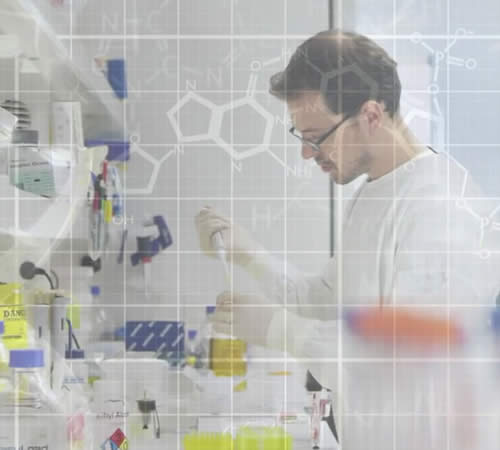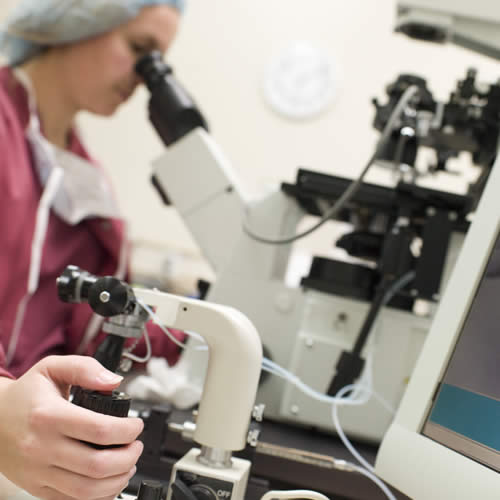
The Intersect research node now connects 12 leading universities in New South Wales, including the University of New South Wales (UNSW), and the University of Sydney, 2 of the world’s foremost universities, with other research bodies in Australia, Europe and the United States.
The data is accessible via high-speed access to AARNet (Australia’s Academic and Research Network), the NeCTAR (National eResearch Collaboration Tools and Resources) research cloud, and high performance computing facilities. Access is delivered through file sharing, databases and applications.
Dr. Gibson explained, “The reliability, robustness and scale-out capabilities of the Hitachi Vantara infrastructure enable us to provide an ideal platform of high-value services to research groups. They enable our researchers to securely store and share their data with collaborating partners and to meet their various legislative and compliance requirements.”
In this video: Intersect CEO, Dr Ian Gibson discusses a consolidated research database to facilitate life-saving research.(1min, 15s).
Among the projects already live on the facility are a research collaboration that aims to find a cure for cancer, an environmental research initiative that is improving climate models, and a project that aims to help bilingual children in the Australian outback.
The Australian Breast Cancer Tissue Bank (ABCTB) exemplifies the innovation that Intersect’s use of HDS solutions can bring to the medical research community. The ABCTB is a breast cancer research resource that is supported by a collaborative network of cancer clinicians and researchers, with the aim to improve outcomes for breast cancer patients. It is Australia’s only large-scale collection of specimens and data dedicated to sporadic breast cancer. These data collections comprise scans of tissue samples, associated clinical information and high-resolution images of tumour sections. The associated data can total up to 50TB. As a result, the ABCTB improved the availability of quality research for sharing and re-use among authorized researchers and clinicians, improved research efficiency, and reduced institutional data storage costs.

The Intersect facility allows research institutions such as the Australian Breast Cancer Tissue Bank to solve big data problems that involve geographically dispersed clinicians and research teams working with large amounts of data, searching for patterns that lead to new insights and, eventually, the development of new treatments and cures.
Dr. Ian Gibson
CEO, Intersect Australia
“The Intersect facility allows research institutions such as the Australian Breast Cancer Tissue Bank to solve big data problems that involve geographically dispersed clinicians and research teams working with large amounts of data, searching for patterns that lead to new insights and, eventually, the development of new treatments and cures,” Gibson explained.
The Data Repository of the Ecosystem Modelling and Scaling Infrastructure Facility (DR e-MAST) demonstrates the benefits of data-driven research for environmental monitoring. The data collection develops and assembles data sets for the improvement of models used for such applications as future climate scenarios and assessment of primary production, at a wide range of temporal and spatial scales, to help agricultural producers cope with the impact of climate change.
With 1 in 4 Australians born overseas, a project focusing on bilingualism in the bush helps investigate the language of immigrant families. It examines how the families in regional Australian centers maintain their children’s home languages in the absence of the critical mass of speakers, networks and resources found in metropolitan areas. The data collection consists of a growing volume of video and audio files stored on the Intersect facility. The objective of the research is to establish how families from multicultural backgrounds can best be supported through community and educational services. It aims to ensure that children grow up bilingual, with the attendant benefits of improved cognitive, social and academic skills.
Other projects using the Intersect facility rely on the technology platform to assist them in solving questions at the frontier of science. For example, the Archive of the Sydney School of Physics involves experimental, observational and high-performance computing (HPC) simulation of physical phenomena, from the minute scale of quantum physics to representations of the entire universe. Collections include Applied and Plasma Physics, CAASTRO (ARC Centre of Excellence for All-sky Astrophysics), Complex Systems, CUDOS (Centre for Ultrahigh-bandwidth Devices for Optical Systems), High Energy Physics, Integrated Sustainability Analysis, Medical Physics and the Sydney Institute for Astronomy.
Researchers at the school actively collaborate with colleagues at numerous Australian and international institutes, and the data in the Archive of Sydney School of Physics is crucial to these collaborations.
That complexity of information means Intersect has to manage specific requirements as data sets can consist of very small and extremely large files. Gibson said Intersect needed to create an automatic version of every data file, tier and examine that data as it is ingested into its facility, and then provide that data back to its research customers. “This was a vital component of the Hitachi technology as we have to ensure the researchers can quickly get hold of the data, and make that data available anywhere and anytime,” Gibson said.

On the next page, we look at the opportunity of accessing to large sets of heterogenous data. Can it helps researchers solve some of our most intractable medical and social problems?